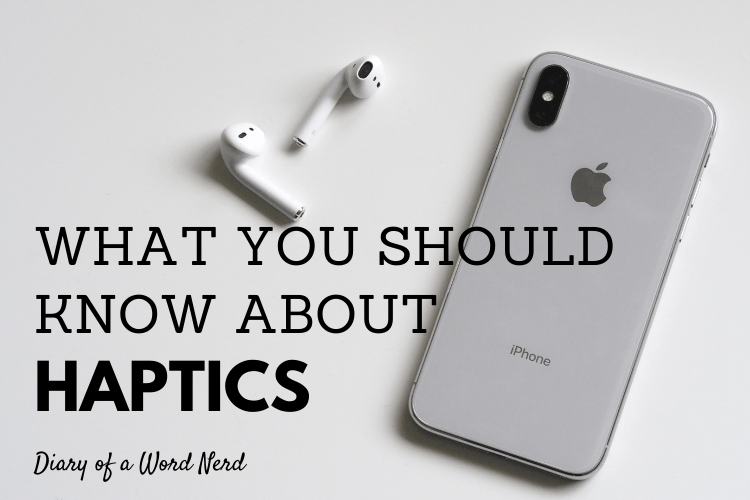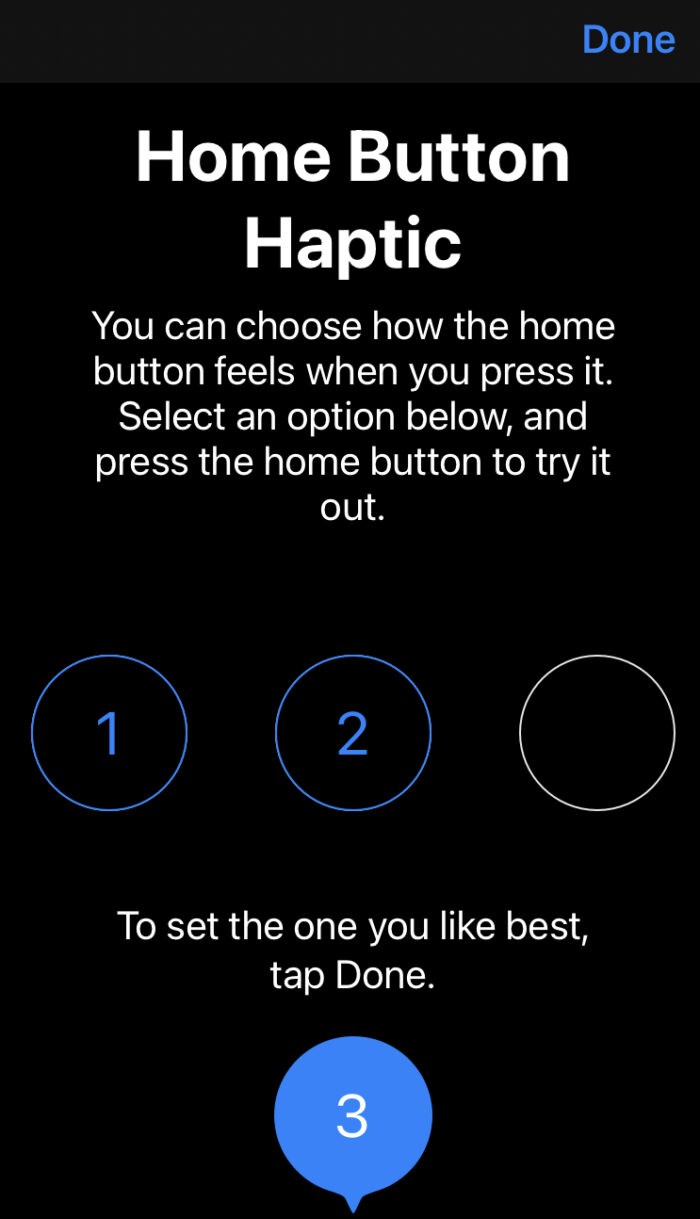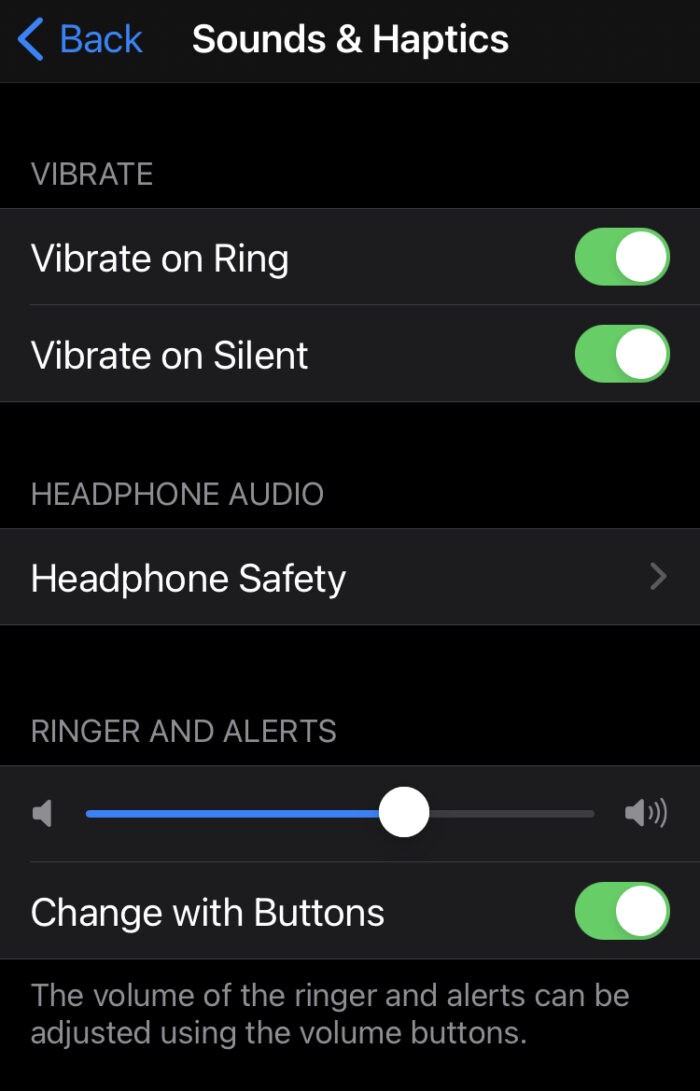We are watching entirely too much TV these days. It’s summer! We should be outside. But by 8:30 on most nights, I’m toast. I try to encourage game and puzzle nights, even “let’s read together on the porch” nights, but frequently my son and husband opt for TV. Their latest find, a show on Apple TV called Mythic Quest. It’s about the creative team behind a video game called Mythic Quest and the struggle to keep it popular. It’s basically The Office, except the characters are selling a game, not paper. In a recent episode, the engineer character mentioned haptics.
Haptics? My ears perked up. When I got my new iPhone SE 2020, I had to choose a “Home Button Haptic”. I really couldn’t tell a difference between the three options, but went with #3. I’ve also noticed my iPhone vibrates or pops when certain things happen, like I hold down on a picture or successfully upload a check for mobile deposits. That, my Word Nerd friends, is haptics.
Etymology
Haptic comes from the Greek haptesthai, meaning “to touch”. It entered English in the late 19th century as a medical synonym for “tactile.” According to Merriam-Webster, in the 20th Century it gained popularity as a psychological term to describe people whose perception depended primarily on touch rather than sight. Currently, Merriam-Webster defines haptic as:
- relating to or based on the sense of touch
2, characterized by a predilection for the sense of touch
Even better info on haptics
This article on Ultraleap, a website about making digital worlds more human, gives even better information about haptic feedback, or haptics for short. It explains that haptics is a method of giving feedback or communicating more so than a specific technology.
Many digital / tech devices communicate with us primarily through sound and video. Haptic feedback provides information and interaction via touch. Different types of vibrations, usually felt by our hands, are the most predominant type of haptics used today. Consumers experience them with smart phones, game controllers, and even their cars. (My steering wheel vibrates when my car detects I’ve moved out of my lane.)
I guess it’s good that devices are incorporating other methods of communication besides visual and audio stimuli. However, this sentence in the article made me a little nervous:
Not only can you touch a computer or other device, but the computer can touch you back.
Robert Blenkinsopp, Ultraleap
So, now that you know what haptics are, or maybe you already did, can you share other examples of haptic feedback? Also, are there any other tech terms you’re curious about?
Here’s another article explaining more about haptics: Haptic Touch vs. 3D Touch: What’s the Difference?
Thanks for getting nerdy with me!





